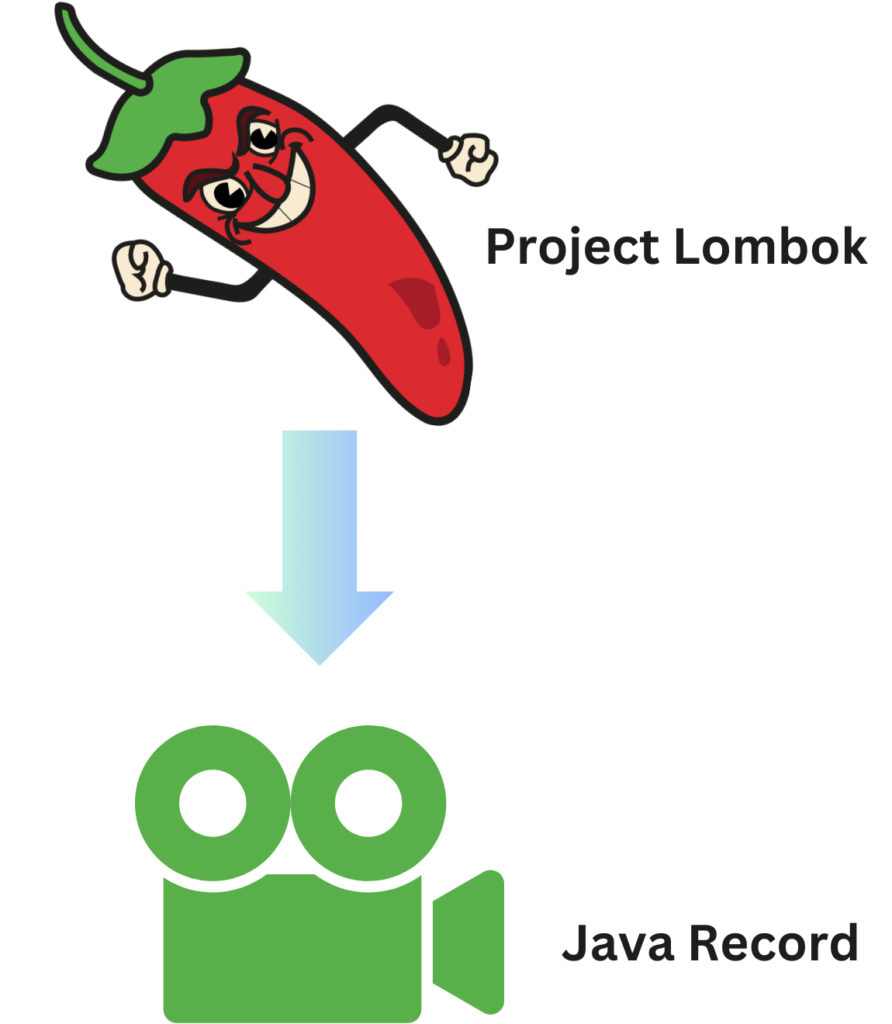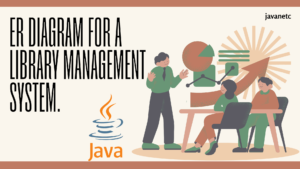Introduction:
Java has evolved over time, introducing new features and improvements to streamline developer efficiency and enhance code readability. One notable enhancement introduced in Java 14 is the inclusion of records, offering a concise way to create immutable classes for data representation.
If you’ve been relying on Lombok to reduce boilerplate code in your Java classes, transitioning to records can provide a more standardized and native solution.
This article will guide you through the process of migrating Java code from Lombok to Java records, accompanied by practical examples to illustrate the transition.

Table of Contents
Why Migrate From Lombok to Records?
Migrating from Lombok to Java records offers several compelling reasons. While Lombok is widely adopted for reducing code verbosity through automated generation of getters, setters, constructors, and repetitive code, the introduction of records in Java provides a standardized, built-in solution for defining immutable data classes. Records offer improved integration with the language and enjoy inherent support from various tools and frameworks, making them a more native and widely supported choice for managing immutable data structures.
Migrating Getters and Setters:
1.Lombok Example
public record Movie(String title, int releaseYear) {
// No need for additional methods; they are automatically generated by the record.
}
In this refactored code, the @Data annotation is replaced by the concise syntax of a Java record, which automatically generates methods such as getters, equals(), hashCode(), and toString(). This results in cleaner and more readable code, aligning with the principles of immutability provided by records in Java.
2.Record Example
/**
* Represents a movie with a title and release year.
* This is a Java record providing immutability and automatic method generation.
*/
public record Movie(String title, int releaseYear) {
}
In the provided example, we define a Movie class with two attributes (title and releaseYear) specified in the constructor parameter list. The compiler automatically generates the constructor, equals(), hashCode(), and toString() methods, replicating functionality similar to what Lombok would typically generate. This conciseness and automatic method generation streamline the code, aligning with the convenience Lombok provides.
Migrating Constructors:
1.Lombok Example
Here’s the equivalent code using a Java record, which eliminates the need for Lombok annotations @AllArgsConstructor and @NoArgsConstructor:
Public Record Series(String title, int begin Year, int quit Year) {
// No need for additional methods; they are automatically generated by the record.
}
In this refactored code, the Series class is transformed into a Java record, providing the same functionality as Lombok’s @AllArgsConstructor and @NoArgsConstructor. The record automatically generates the necessary constructor(s), equals(), hashCode(), and toString() methods, resulting in a more concise and expressive code structure.
2.Record Example
/**
* Represents a series with a title, start year, and end year.
* This Java record provides immutability and automatic method generation.
*/
Public Record Series(String title, int begin Year, int quit Year) {
}
Records inherently generate a compact and expressive constructor, initializing all fields seamlessly. In the context of the Series record, the constructor accepts three parameters—title, startYear, and endYear—aligning with the fields defined in the record.
Handling Default Values:
Managing default values for specific fields is sometimes necessary. In Lombok, achieving this involves using the @Builder annotation or custom methods. However, when dealing with records, the assignment of default values can be conveniently handled directly within the constructor.
1.Lombok Example:
import lombok.Builder;
@Builder
public class Film {
private String title;
private String director;
private int releaseYear;
}
2.Record Example:
Release record movie (title string, director string, release year) {
public Film {
this.title = (title != null) ? title : "Unknown Title";
this.director = (director != null) ? director : "Unknown Director";
}
}
In the record example for the Film class, initial values are explicitly defined within the constructor. If the title or director happens to be null, default values will be assigned. This approach ensures that the record maintains default values for specific fields while embracing the conciseness of Java records.
Utilizing Builder With Java Record:
The provided code demonstrates the integration of a builder pattern with a Java record, offering an alternative to Lombok’s @Builder functionality.
Public Entry FilmWithRecord(String title, String director, int release Year) {
public static class Builder {
private String title;
private String director;
private int releaseYear;
public Builder title(String title) {
this.title = title;
return this;
}
public Builder director(String director) {
this.director = director;
return this;
}
public Builder releaseYear(int releaseYear) {
this.releaseYear = releaseYear;
return this;
}
public FilmWithRecord build() {
return new FilmWithRecord(title, director, releaseYear);
}
}
}
To create an instance using the builder:
FilmWithRecord film = new FilmWithRecord.Builder()
.title("Batman - The Dark Knight")
.director("Christopher Nolan")
.releaseYear(2008)
.build();
In this approach, a static nested Builder class is defined within the FilmWithRecord record. This builder class includes methods for setting each field and a build method to instantiate the record. The usage of builders with records or Lombok provides a readable and convenient way to create instances, especially for classes with numerous fields. Choose the strategy that best aligns with your preferences and project requirements.
Conclusion :
Migrating from Lombok to Java records introduces built-in language features, enhancing code maintainability and readability. Records simplify the creation of immutable data objects, making external libraries like Lombok unnecessary. This guide equips you with the tools to seamlessly migrate your code and leverage the capabilities of modern Java 14+. Don’t forget to update your build configuration and dependencies to fully embrace the clarity and conciseness offered by Java records!
Happy coding! 😉



